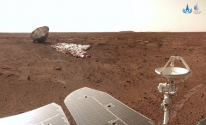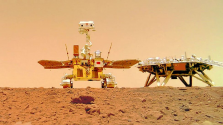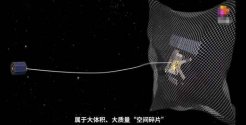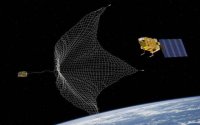Why are China's space images always much lower resolution than the images provided by NASA? The images from their rovers are likewise very disappointing. It almost sems like it would be better if they didn't release the images at all because they suffer so much from the comparison. I can understand that they are much newer to the game, but is it really such a challenge to do imaging in space or on another planet? Is it not just a matter of using a larger sensor? Just asking out of curiosity...
The problem is bandwidth. The US has orbiting satellites on Mars which can boost the signal of the rover and send it back to Earth. China does not. If you want a high resolution image it takes forever to send one.




